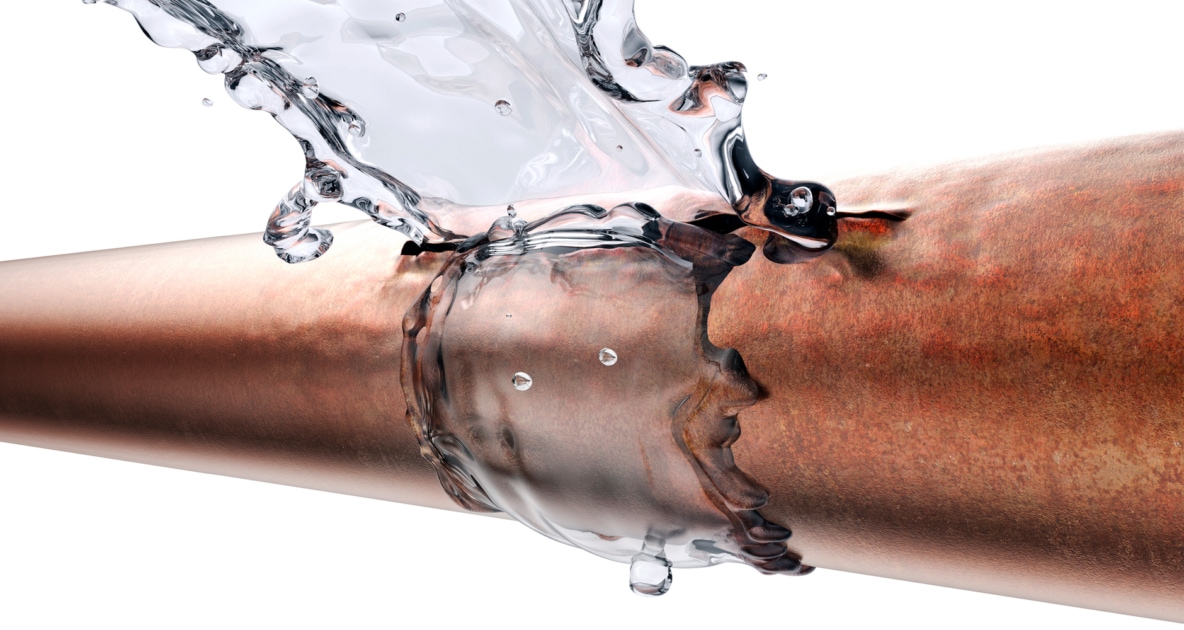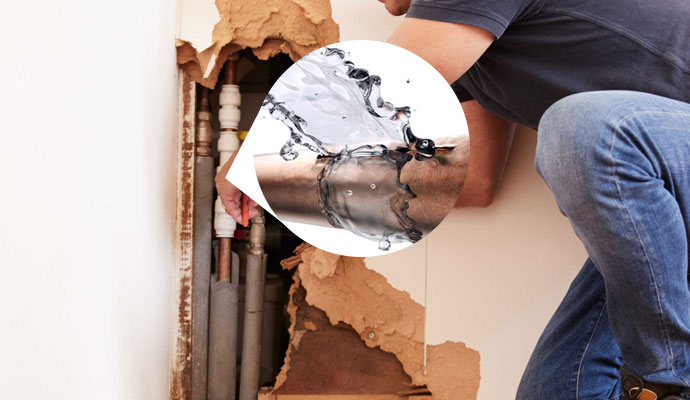Ruptured Pipes? No Panic! Exactly how to Detect and also Repair Promptly
Ruptured Pipes? No Panic! Exactly how to Detect and also Repair Promptly
Blog Article
Just how do you feel in relation to How to Install and Connect a New Dishwasher?

A burst pipe is a significant emergency; you can only stand as you enjoy water you pay a lot to rejoin with the earth. In worse instances, you notice a pool on your cooking area floor, which is a great trip danger, specifically if you have children around. If the pipe that ruptured remained in your walls, problem: you might require to repaint that entire area.
Just how can a calamity like a burst pipeline be prevented and also taken care of? Well, by listening to your expert emergency plumbing professionals and also following these guidelines.
Exactly how do I recognize when my pipelines have burst?
Varying water pressures
Pipelines do not simply burst in a day. You might have noticed that your kitchen area faucet or shower does not run immediately when you turn the faucet. It might pause for a couple of seconds and after that blast you with even more pressure than usual.
In other instances, the water may seem typical initially, then decrease in stress after a couple of secs.
Damp wall surfaces as well as water spots
Before a pipeline ruptureds, it will certainly leakage, the majority of times. If this relentless dripping goes undetected, the leakage might finish into a vast tear in your pipe. One very easy way to prevent this emergency is to look out for wet wall surfaces advertisement water spots. These water discolorations will lead you right to the leakage.
Puddles under pipelines as well as sinks
When a pipe bursts, the discharge creates a pool. It might show up that the pool is expanding in dimension, as well as despite the amount of times you wipe the pool, in a couple of mins, there's another one waiting to be cleaned up. Commonly, you may not be able to map the puddle to any noticeable pipelines. This is an indication to call a professional plumber.
Untraceable dripping noises
Pipeline ruptureds can occur in the most unpleasant places, like within concrete, inside walls, or under sinks. When the house goes quiet, you may be able to hear an aggravatingly relentless trickling sound. Even after you've checked your shower head and also cooking area faucet, the leaking might proceed.
Precious reader, the trickling might be coming from a pipeline inside your wall surfaces. There isn't much you can do regarding that, except inform a professional plumber.
Turn off the Water
When water ices up, it broadens in volume by about 9 percent. And it expands with tremendous force: The stress inside pipelines might go from 40 extra pounds per square inch to 40,000 psi! No pipe can hold that much pressure, so it bursts. The break might happen where the ice forms, yet more often, it occurs where water stress finds a vulnerable point in the pipeline. That might be inches and even feet from the icy location. Locate the water shutoff valve as well as shut off the water to prevent even more damages. You might additionally need to shut off the power as well, depending upon where the leaks takes place and also exactly how large it is.
Polluted water
Many people think a ruptured pipe is a one-way electrical outlet. Rather the contrary. As water spurts of the hole or laceration in your plumbing system, impurities find their method.
Your water may be polluted from the resource, so if you can, examine if your water tank has any kind of problems. However, if your alcohol consumption water is supplied and also purified by the local government, you should call your plumber quickly if you see or smell anything amusing in your water.
What do I do when I detect a ruptured pipeline?
Your water meter will continue to run also while your water wastes. To minimize your losses, discover the main controls as well as turn the supply off. The water pipe are an above-ground structure beside your home.
How to Fix & Detect a Leaking Pipe
How Do I Know if a Pipe is Leaking?
Leak detection tests can help you determine if your pipe has a leak. Even if you don’t see an apparent leak, you should still conduct leak detection tests regularly to save water and money—and prevent major damage to your home.
Water meter. It can be helpful to figure out what your usual water meter usage numbers are and then monitor them regularly. To monitor your meter, first, turn off all water faucets in your home. Check the meter and write down the numbers. In a few hours, check the meter again. If the numbers have changed, you have a leak. Water gauge. Use a water gauge to test your water pressure. Your showerhead should produce a certain amount of water pressure based on its model and design. If the pressure is lower than it is supposed to be for that specific showerhead, your home likely has a leak. Puddles. Look inside your bathroom, laundry, and kitchen sink cabinets. Puddles around the cabinets or around toilets, tubs, showers, and washing machines indicate the presence of a leaking pipe. You may also notice loose tiles, peeling or flaking paint, or mold caused by water accumulation. Napkin test. Even if you don’t see any puddles, you may still have a leak. You can test for water leaks in the bathroom, laundry, and kitchen by wiping below-sink connections with a napkin, paper towel, or piece of toilet paper. If it becomes damp, you probably have a leaking pipe under the sink. Discolored walls. Walls that are discolored—usually with brown or yellow stains—or bulging might mean that they have been impacted by water damage caused by a leaking pipe. Smell. A leaky pipe will create sitting water, and over time, that water may develop a musty smell. If your home smells musty, but you can’t locate the source, it may be due to a leak. Steps for Fixing a Leaking Pipe
A leaky drain can be remedied by tightening the pipe base, replacing the drain seal, caulking the rim, and tightening the pipe nut. Similarly, a leaking toilet pipe can be treated by tightening the packing nut. You may also need to replace the valve. A leaky faucet may just need tightening or replacement of the washers. If that doesn’t work, consider replacing your faucet. If your pipe has a hole in it, you may want to use a pipe leak sealer or pipe leak tape. This quick fix for water pipe leaks can also temporarily fix a copper pipe leak. https://www.ahs.com/home-matters/quick-tips/how-to-tell-if-pipes-are-leaking/

Hopefully you liked our section on What to Know Before Installing a Dishwasher. Thank you for taking time to browse our blog post. You should set aside a second to promote this blog posting if you liked it. Thanks a bunch for your time. Visit us again soon.
Here
Report this page